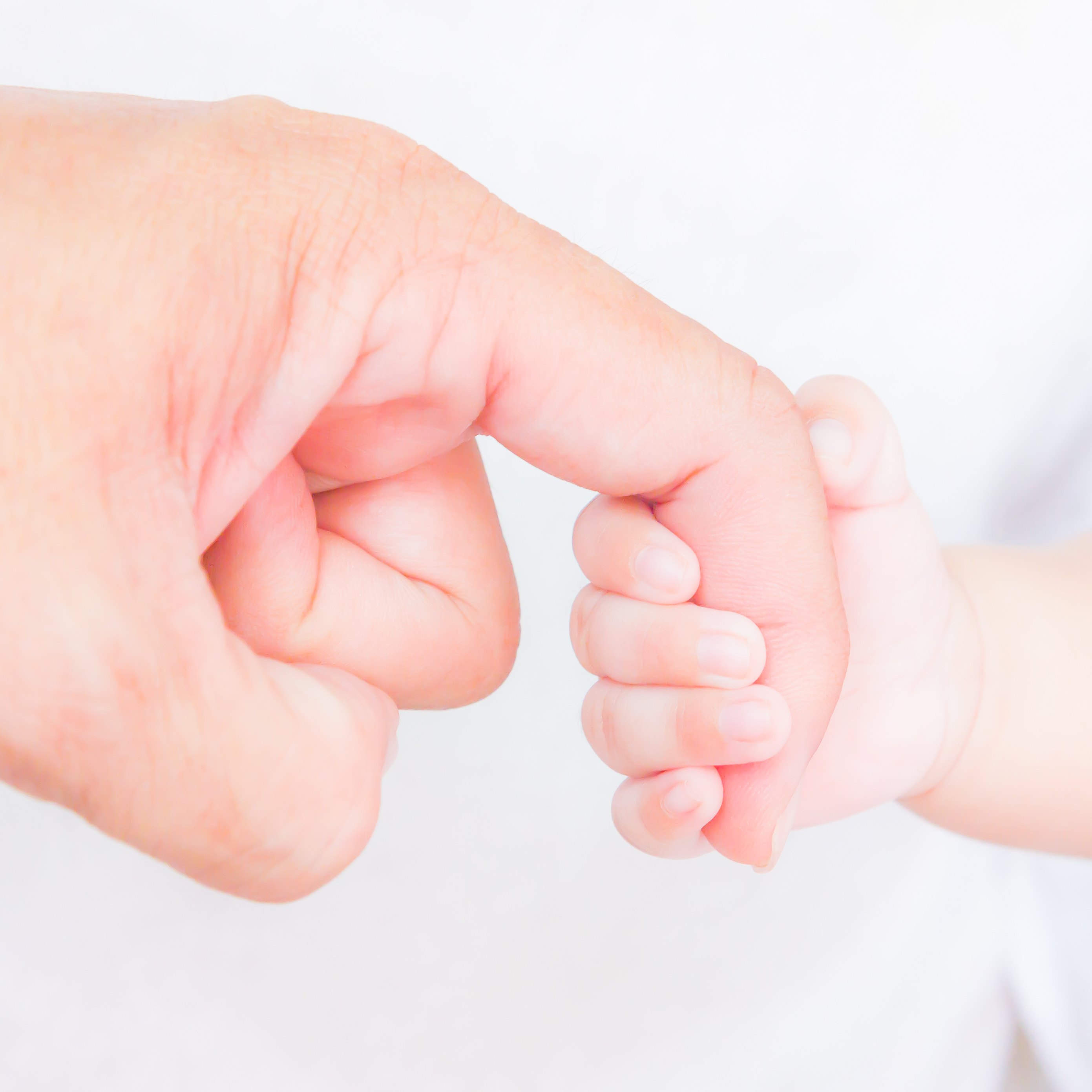Baby Sign Language: Enhancing Early Communication
This post is also available in:  Français
Français
Baby Sign Language: Enhancing Early Communication
By Julie Besson

Research shows that babies can easily communicate as early as 10-12 months. In 1978, Joseph Garcia was an Interpreter in American Sign Language and observed and communicated with babies from different families.
Some speak before the age of 10 months. They communicate their needs (I'm hungry/thirsty/help me), their emotions and feelings (I'm tired /I'm scared/ I’m cold/ I like) and their cravings (again/a story). They even comment on the world (a bird/train). They use signs. Others speak between 18 and 24 months. They use words.
How do you explain this difference?
His research began with the use of sign language among hearing babies with hearing parents. It shows that hearing babies regularly exposed to signs from the age of 6-7 months begin to communicate by sign around 9-10th months. Sign language uses the body's motor skills acquired around 8-10 months. However, oral language requires a mastery of the phonatory system which develops around 20 months.
Communicating by gesture is very simple and easy for a baby.
Joseph Garcia then developed a language transition tool for hearing children: gestural communication associated with speech.
Signs reinforce the essential words of the sentence.
If I say to my baby, "You're going to go to sleep." at the same time as I make the "sleep" sign, they understand faster than if I only say the word. The message is more appropriate with this additional information. The language consisting of word - sign - object/emotion/action allows the child to identify the words most important to them. They then grasp the signs that they reproduce. The gestures derive from the sign language of the country, the common reference for everyone involved in the baby’s universe. When a baby signs "water" because they are thirsty, a nanny, uncle and even doctor brings them water. No need to insist or cry.
Gestures facilitate the acquisition of the oral language by stimulating the language system of the brain. A baby's first signs are approximate. By practicing, they will improve fine motor skills and precision. This tool allows a baby to be recognised, heard and respected in their individuality. By communicating their needs, the baby allows the educator to respond as closely as possible in a consistent, stable and fast manner. When needs are understood and met, a baby experiences emotional security. These methods of strengthening the bond contribute to the development of cognitive, emotional, social and memory skills. The entry into language is a pillar of development and a moment of enrichment between a baby and their surroundings.
Adults learn between 10 and 50 signs that they pass on to the baby when they speak. The child learns them by mimicry. To learn the signs with a baby, many books exist as well as videos on the Internet. Workshops and training sessions are organised online and locally to meet other parents, interact and have the correct elements to start this practice. A language composed of signs and words means offering babies a means of expression and communication before speech.
Author: Julie Besson, founder of Bébé Signe Riviera, Sign Training with Baby. Baby signing workshop instructor and trainer for professionals.



